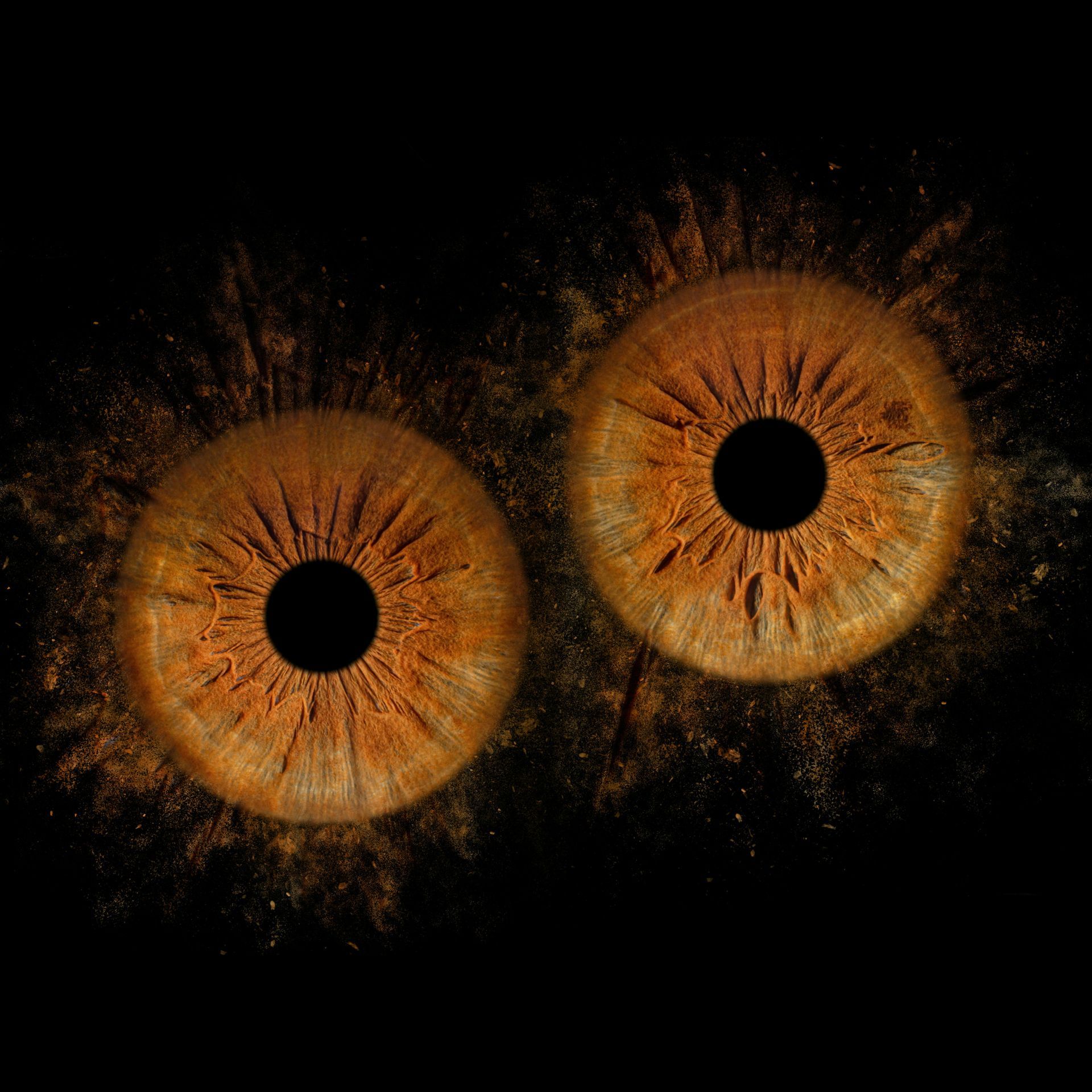More colours than you can even imagine
Blog vol 6.5. More colours than you can even imagine.
Louis Armstrong’s song, What A Wonderful World, comes to mind when I think of colour. Two weeks ago I rhapsodized about light and its perception by different animals based on a chapter in Ed Yong’s An Immense World. His chapter on colour is equally fascinating.
We tend to think of colour like the cathode ray tubes we had with the first colour T.V.’s.: red, blue, and green and all their combinations. There is good reason for this. Most humans have three colour receptors (opsins) in their retinas. As Dr. Yong points out, colour is not just about receptors, there is a whole lot more involved. For humans, the real colours come in after the receptors, in the “processing”.
Another cool aspect of colour vision where the power of “processing” becomes clear is constancy, where irrespective of whether the incoming light is bright or dim, the colour will still appear that colour — a red rose is still seen as red whether in twilight or the noonday sun. This we have all experienced, but should this be the case? If we relied solely on receptors, is this what we would see?
The first thing the author states is that colour perception is highly subjective in the eyes, but really in the brain, of the beholder. There was once an artist who suffered a brain injury, with eyes and opsins all intact, yet could only see in blacks and whites. There is more going on here than just receptors.
Receptors do matter, however. There are people, monochromats, that have only one type of receptor and only see in shades of gray. A condition called achromatopsia, where the person only has rod receptors, makes it debilitating to be in bright sunlight. Other people, dichromats, have two types of cones, missing one, and still see colours albeit in a narrower range. Actually, dogs and horses are deuteranopes (lacking medium green cones) but still can see in blacks, whites, blues, and yellows.
Most people are trichromats, with red, green and blue cones which help us to see all the colours in a colour triangle, a thousand times more variations than a dichromat. Now here comes the mind blowing stuff, there are tetrachromats, with four opsins, especially in the animal world, like birds and bees who have an extra UV receptor, such as a Daphnia water flea. This opens another whole world to them, like markings on butterflies or male and female birds or seeing the centres of flowers enhanced. It also allows reflexive responses with little interpretation of data. Just to make things more exciting, the larval zebrafish has variations in the number of opsins in one single eye! The lower retina is black and white, the middle zone is UV sensitive, and the upper region actually has four receptor types.
A very few people, all of them women, also have a fourth opsin between the red and green receptors. The gene is carried on the X chromosome and requires two “fourth opsin gene X chromosomes” for the extra opsin to be present, very rare. This extra opsin increases colour variations by another factor of a thousand, going from a colour triangle, trichromats, to a solid colour prism in tetrachromats.
Now, to appreciate the worlds that these tetrachromats see is very difficult for humans. You cannot just apply a filter to match what they are seeing; it’s just not happening. The world, however, is set up to be appreciated by trichromats. Those extra mutant powers of vision are not going to get you into Xaviers’ special school for X Men/Women, nor are they going to enhance your experience of the beauty of the world. Interestingly, some butterflies, like the Common Bluebottle, have up to 15 different opsins in their eyes (!!), but really only function in the 3-4 colours of most living creatures, humans included.
Colour perception, is in the eye (receptors, we are limited by them), and the brain (processing or not), of the beholder. Enjoy the colours in your life!
‘til next week,
The good doctor







